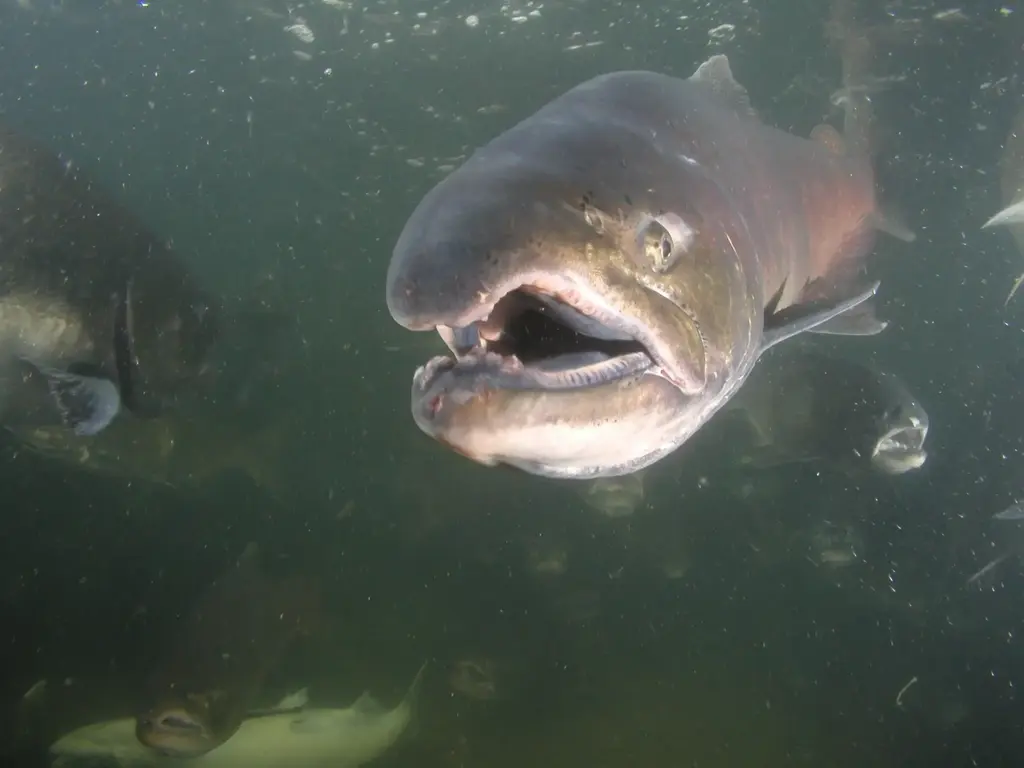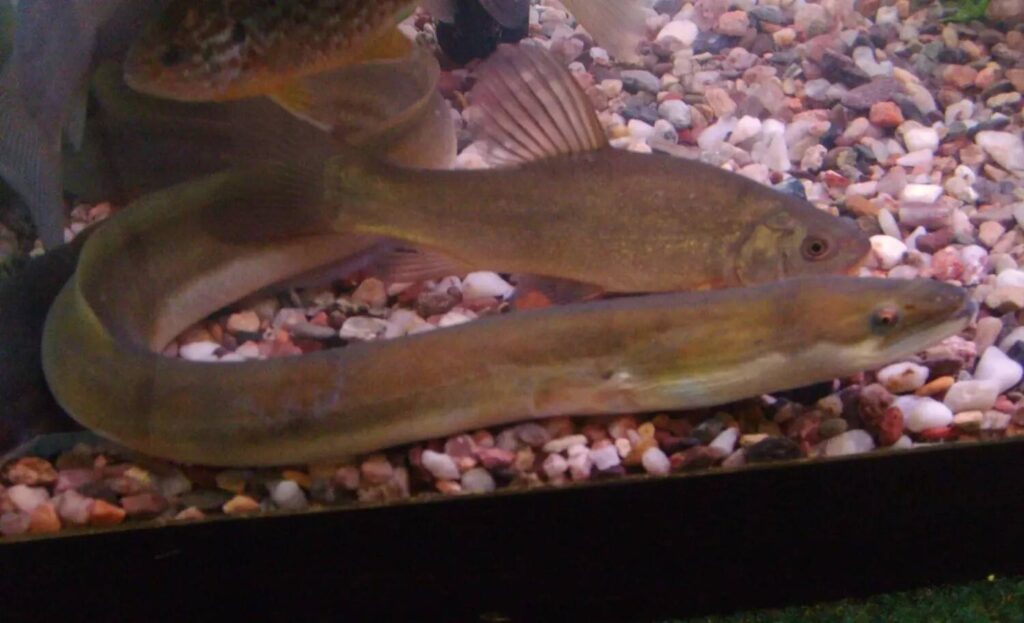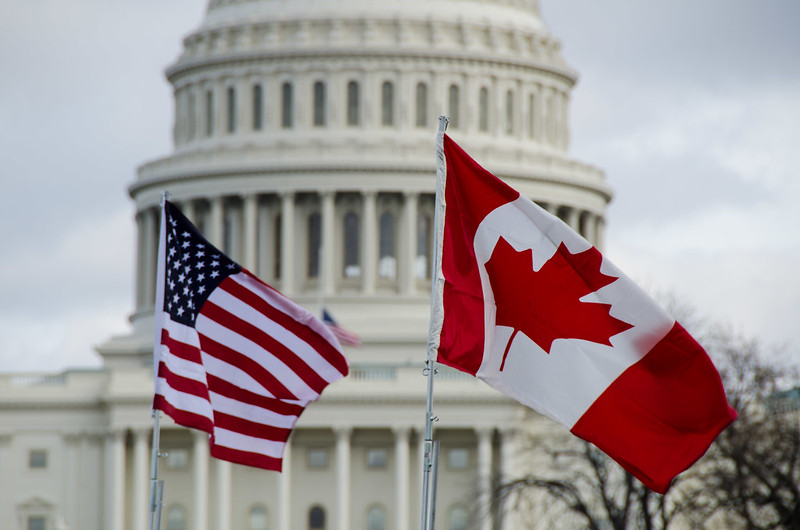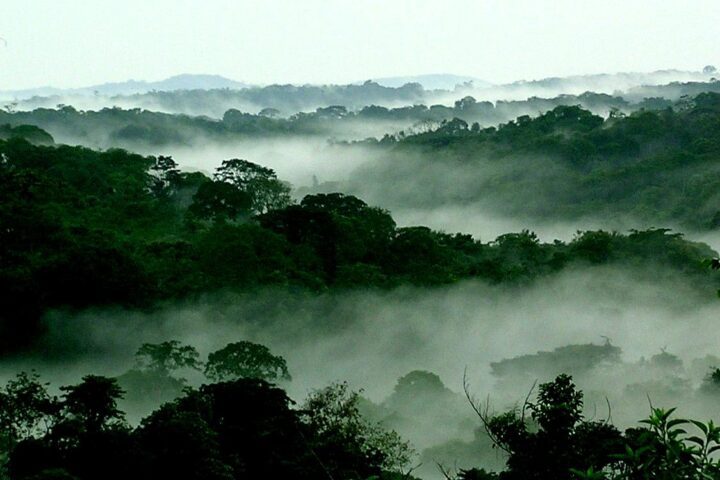A recent court settlement marks a significant win for Chinook salmon conservation efforts in the Pacific Northwest. The National Marine Fisheries Service (NMFS) must now decide whether to protect several populations of spring-run Chinook salmon under the Endangered Species Act.
The settlement sets clear deadlines: by November 3, 2025, the NMFS must decide on protections for Oregon Coast and Southern Oregon/Northern California Coastal Chinook salmon. By January 2, 2026, they must make a similar decision for Washington Coast spring-run Chinook salmon.
This legal action came after the Center for Biological Diversity, joined by the Native Fish Society, Umpqua Watersheds, and Pacific Rivers, sued the federal government in February 2024. Their lawsuit challenged the NMFS for failing to issue required “12-month findings” on petitions to list these salmon populations as endangered or threatened.
“The government has taken far too long deciding whether to protect these imperiled Chinook salmon,” said Jeremiah Scanlan, legal fellow at the Center for Biological Diversity. “These deadlines will hold officials accountable.”
Spring-run Chinook salmon, also known as king salmon, face multiple threats to their survival. Habitat destruction from logging and road construction has damaged many spawning grounds. Water diversions for agriculture and urban use have altered river flows needed for migration. Dams create barriers that block salmon from reaching their spawning areas.
Similar Post
Other challenges include interbreeding with hatchery-raised fish, which can weaken wild salmon genetics, and overharvesting by commercial fisheries. Climate change brings additional stress through warming waters and changing ocean conditions.
The decline of these salmon populations has reached critical levels in some areas. In one river basin, the spring-run Chinook salmon population has dropped to an average of only about 100 fish during annual spawning runs. In other rivers, they have disappeared completely.
“Over the past 20 years, I’ve personally watched this population decline, and we only had 28 spawners return in 2018,” said Stanley Petrowski from Umpqua Watersheds.
The fate of Chinook salmon affects more than just the fish themselves. Southern Resident orcas, an endangered population with only 73 individuals remaining, rely heavily on Chinook salmon as their primary food source. With fewer and smaller salmon available, these orcas must travel farther and work harder to find enough food, contributing to their malnutrition and reproductive problems.
“King salmon are not just icons, they’re indicators of the health of the Pacific Ocean and Northwest ecosystems,” said Mark Sherwood, Native Fish Society’s executive director.

The timing of this legal settlement is crucial. Environmental groups first petitioned for protections for Oregon Coast and Southern Oregon/Northern California Coastal Chinook in August 2022. In July 2023, they submitted a separate petition for Washington Coast spring-run Chinook salmon. The NMFS acknowledged in both cases that listing might be warranted but failed to meet the legally required deadlines for final decisions.
If the salmon receive federal protection under the Endangered Species Act, several important changes would follow. The government would create a comprehensive recovery plan for the species. The law would prohibit “taking” of the salmon, including fishing, hunting, capturing, or otherwise harming them. Import and export, including interstate and foreign trade of the fish, would also be banned.
“This agreement requires a decision that is already overdue,” said Michael Morrison, chair of Pacific Rivers. “Science and law are crystal clear. These unique and endangered salmon urgently need and deserve protection.”
The settlement represents a crucial step forward in efforts to save these iconic fish and the ecosystems that depend on them.


















